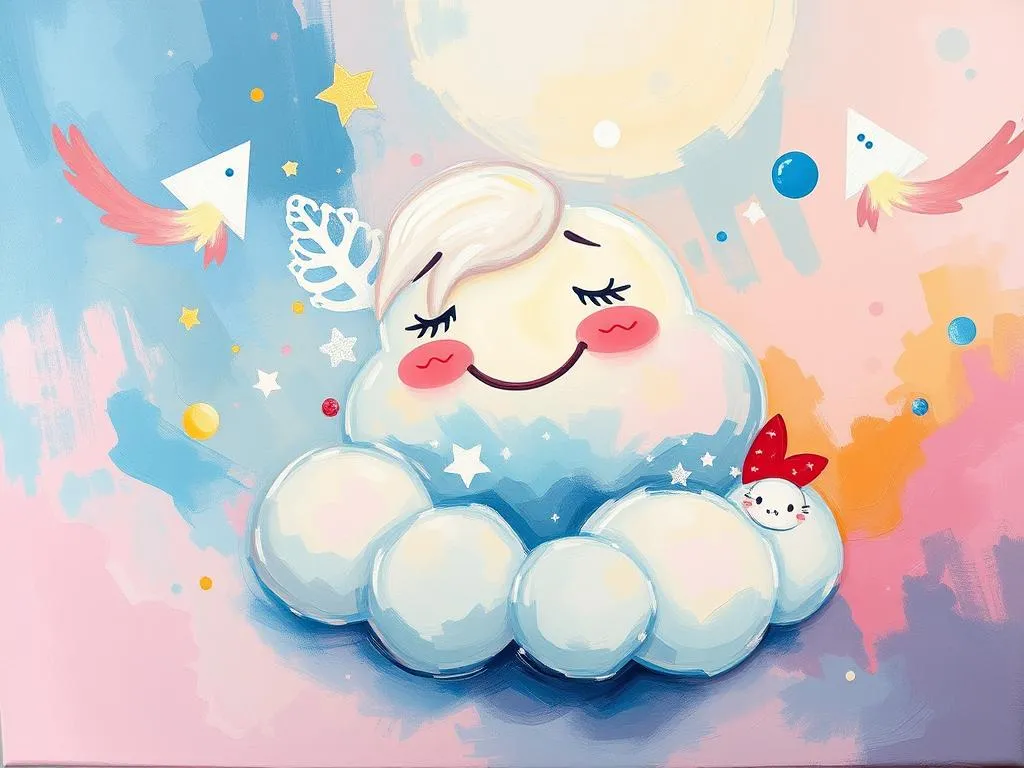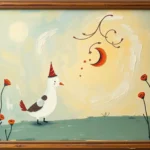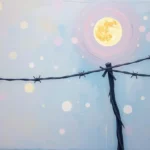
Have you ever woken up from a dream, heart racing, only to find yourself grappling with the symbolism of the experience? Dreams are more than mere figments of our imagination; they are gateways to our subconscious, offering insights into our deepest fears, desires, and conflicts. One particular dream that often leaves us perplexed is the phenomenon known as “dream symbol slip.” This occurs when symbols or themes from our dreams seem to slip away upon waking, leaving us with a vague memory of something significant yet elusive.
In the hustle and bustle of everyday life, it’s easy to overlook the messages embedded in our dreams. However, understanding these symbols can be profoundly transformative, guiding us toward personal growth and self-discovery. So, what do these symbols mean, and how can we better grasp their significance? Join me on this journey as we delve into the intricate world of dream symbolism, share relatable experiences, and uncover paths to personal growth.
Unraveling the Threads: The Language of Dreams
Dreams often communicate in a language of symbols—representations of our feelings, thoughts, and experiences that might not be easily articulated in waking life. Engaging with this language requires an open mind and a willingness to explore beneath the surface.
One common symbol is water, which can represent emotions, the subconscious, or even spiritual cleansing. A flood might suggest overwhelming feelings, while a serene lake could indicate tranquility. Similarly, animals in dreams can reflect instinctual aspects of ourselves. A lion might symbolize courage, while a mouse might denote feelings of vulnerability or anxiety.
In many cultures, color plays a significant role in dream interpretation. For instance, red often symbolizes passion or anger, while blue can represent calmness or sadness. These interpretations can vary widely depending on cultural context; in some traditions, dreaming of a snake may be viewed as a bad omen, while in others, it signifies transformation or healing.
To fully grasp our dreams, we must consider not just the symbols themselves but also the feelings they evoke in us. Emotions in dreams can reveal our subconscious state. For example, feeling fear in a dream may highlight unresolved issues or anxieties in waking life, while feelings of joy can signify alignment with our true self.
The Dreamscape: Scenarios That Open Doors
To better illustrate the concept of dream symbol slip, let’s explore a few scenarios that many of us may relate to. Each situation offers a glimpse into how dream symbols can manifest and what they might signify in our lives.
1. The Slipping Books
Imagine dreaming of a library where the books keep slipping from your grasp. You reach for them, but they fall apart or slide away just as you touch them. This dream may symbolize your search for knowledge or understanding that feels just out of reach. It could reflect feelings of inadequacy or frustration in your quest for personal or professional growth. Instead of feeling defeated, consider this a call to explore new avenues of learning—whether that’s through formal education, self-study, or even connecting with mentors.
2. The Vanishing Path
In another dream, you find yourself walking along a beautiful path lined with flowers, but as you walk, the path begins to disappear behind you. This imagery might indicate that you’re fearful of losing direction in life, or perhaps you’re worried about the choices you’ve made. The vanishing path can be a reminder to stay present, to focus on the journey rather than getting lost in what lies ahead or behind. It may be time to reflect on your goals and realign your actions with your true desires.
3. The Fading Mirror
Picture this: you stand before a mirror, attempting to see your reflection, but the image keeps blurring and fading. This scenario could symbolize a crisis of identity or a struggle with self-acceptance. Perhaps there are aspects of yourself you’re not fully acknowledging or embracing. This dream invites you to engage in self-reflection and explore who you truly are beneath the roles you play in life. Journaling or speaking with a trusted friend may help clarify your thoughts and feelings.
4. The Disappearing Key
In a different dream, you may find a key that opens a door to a beautiful room filled with treasures, but just as you reach for it, the key disappears. This could signify feelings of lost opportunities or a fear of missing out on something important. It’s a reminder that while opportunities may seem fleeting, they often reappear in new forms. Instead of focusing on what you’ve lost, consider exploring new paths and being open to unexpected possibilities.
5. The Shadowy Figure
Finally, you might dream of a shadowy figure following you, but as you turn to confront it, it vanishes. This dream could represent repressed emotions or unresolved issues that you’re avoiding. The act of confronting this figure—whether through creative expression, therapy, or open dialogue with a loved one—can lead to significant healing and personal growth. Embracing what you fear can often transform it into a source of strength.
The Journey Within: Embracing Personal Growth
Understanding the dream symbol slip phenomenon is not just about interpreting our dreams; it’s about using that knowledge as a springboard for personal growth. Here are some practical insights to help you on this journey:
1. Keep a Dream Journal
One of the most effective ways to capture fleeting dream symbols is by maintaining a dream journal. Write down your dreams as soon as you wake up, noting any symbols, feelings, and events. Over time, patterns may emerge that can provide clarity and insight into your waking life.
2. Reflect on Your Emotions
After recording your dreams, take a moment to reflect on the emotions you experienced within them. What feelings stood out? How do they relate to your current life situation? Analyzing these emotions can lead to a deeper understanding of your subconscious mind and how it affects your daily experiences.
3. Explore Cultural Symbolism
Consider researching cultural perspectives on the symbols that appear in your dreams. Many symbols carry different meanings across cultures, and exploring these can enrich your understanding. You might discover that the snake you dreamt of symbolizes transformation in one culture but fear in another.
4. Engage in Creative Expression
Artistic pursuits can be a powerful outlet for processing dreams. Whether through painting, writing, or music, expressing the symbolism and emotions from your dreams can facilitate healing and self-discovery. Engaging with your creativity allows you to confront and transform the symbols that may have slipped away.
5. Seek Guidance from Others
Sometimes, discussing your dreams with a trusted friend or therapist can bring clarity. They may offer insights or perspectives you hadn’t considered. Sharing your experiences can also create a supportive space for exploring your emotions and fears.
As we navigate the complexities of our dreams, it’s essential to remember that they are ultimately personal. The symbols and scenarios may vary for each individual, but the underlying messages often resonate universally. Embrace your unique dream language and view it as a map guiding you toward greater self-awareness.
Reflecting on the journey of dreams, remember: The symbols may slip away, but the wisdom they impart is yours to keep. Embrace the lessons, dive into the depths, and allow your dreams to illuminate your path forward. Through understanding, reflection, and action, you can unlock the treasures hidden within your subconscious, transforming fleeting symbols into lifelong insights.







